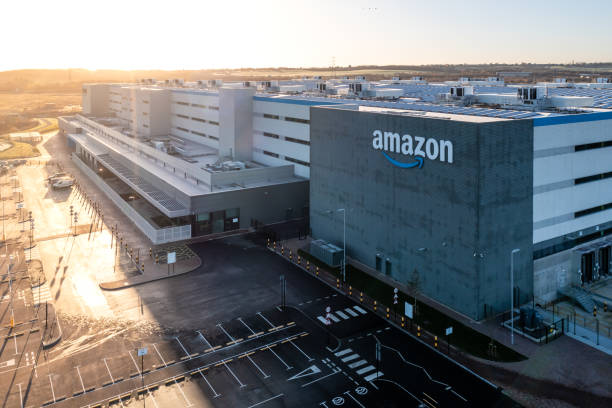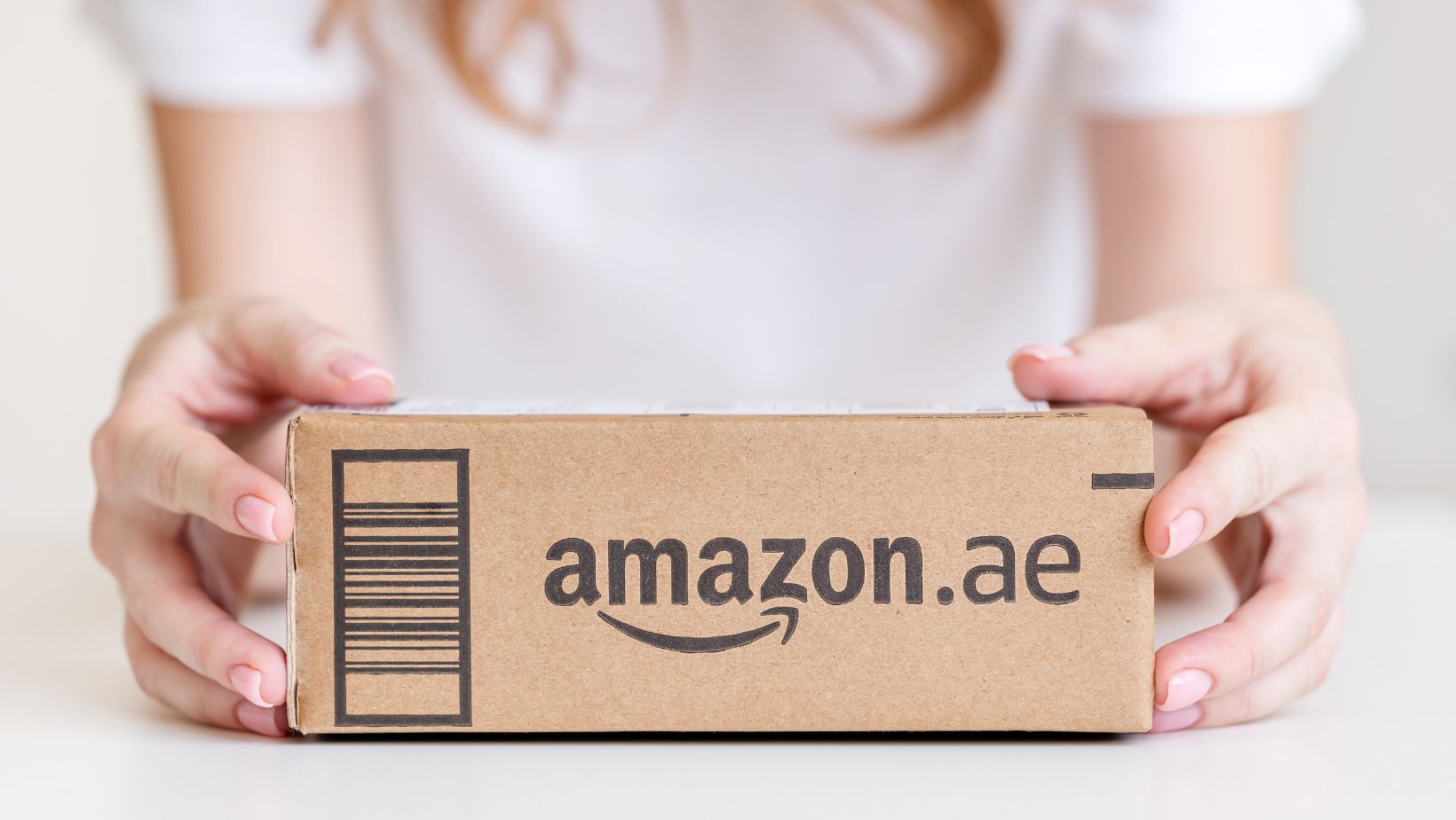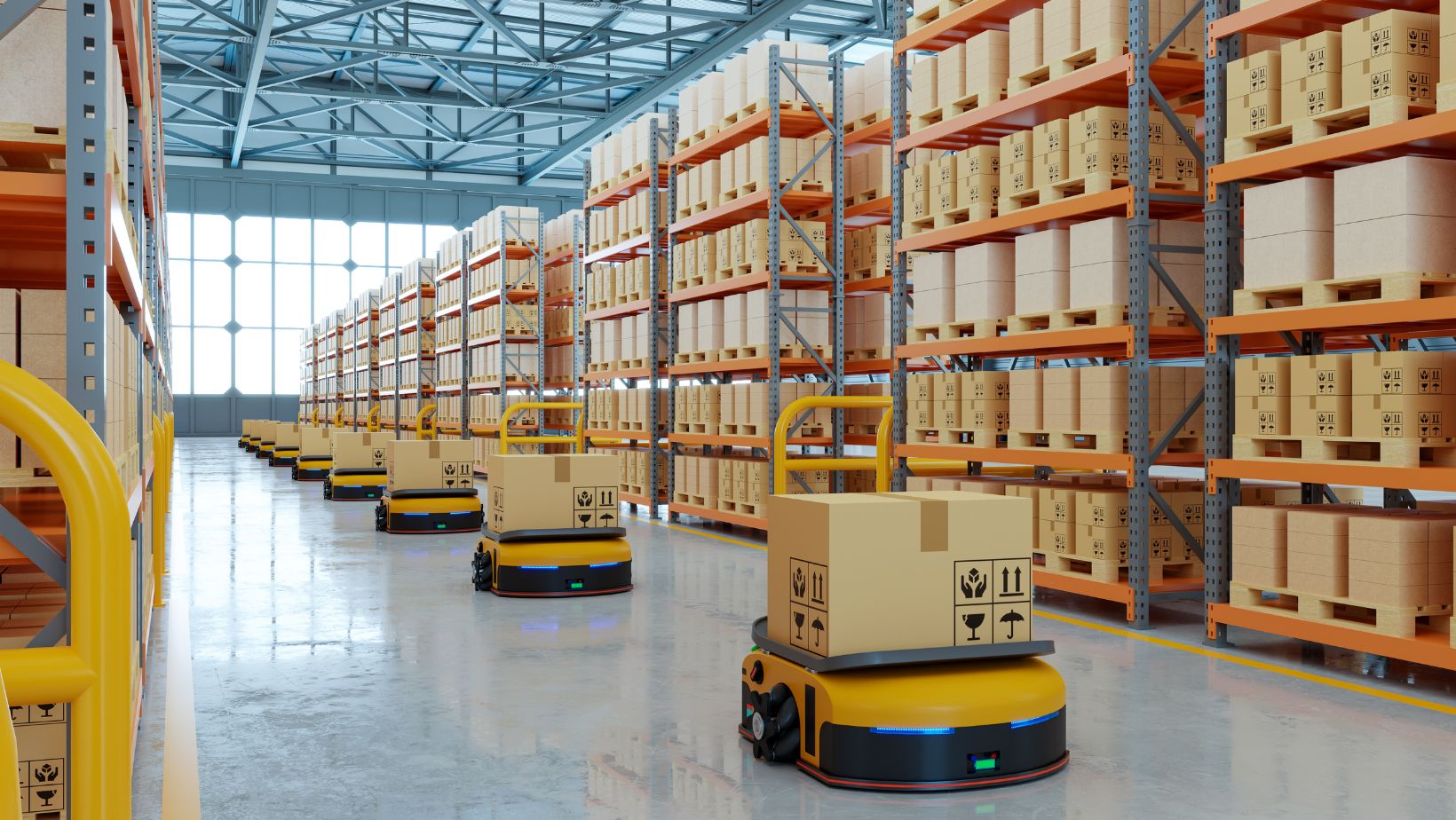
What Is Dynamic Repricing and Why Does It Matter for Amazon Sellers?
In the competitive marketplace of Amazon, pricing is one of the most critical factors in determining success. With thousands of sellers offering similar products, staying ahead requires a strategic approach to pricing. Dynamic repricing is the process of automatically adjusting product prices in response to competitor movements, demand fluctuations, and changes in marketplace conditions.
For Amazon sellers, manually tracking price changes is nearly impossible, especially when dealing with a large inventory. This is where automated repricing tools come in, allowing sellers to remain competitive without constant manual intervention. By utilizing the most amazon repricer, businesses can ensure that their products are always positioned at the optimal price point to maximize sales and profitability.
How an Automated Repricing Tool Gives You a Competitive Edge
Repricing tools are designed to analyze competitor pricing in real time and adjust listings accordingly. These tools operate based on pre-set rules and strategies, ensuring that sellers remain competitive while protecting their margins. The primary advantage of automation is speed—manual price adjustments take time, while an algorithm-driven tool can react instantly.
One of the key benefits of dynamic repricing is that it helps sellers win the Amazon Buy Box more frequently. The Buy Box is the coveted position on a product listing page where the majority of sales occur. Amazon’s algorithm considers multiple factors when determining which seller gets the Buy Box, with price being a major influence. By consistently adjusting to market conditions, a repricing tool increases a seller’s chances of securing this spot.
Winning the Purchase Box: The Role of Smart Pricing Strategies
Every seller aims to win the Buy Box, but achieving it requires more than just lowering prices. Amazon considers a variety of metrics, including fulfillment method, seller rating, and shipping speed, in addition to price.

A well-designed repricing tool helps sellers strike the right balance between offering competitive prices and maintaining high seller performance metrics.
Key factors influencing Purchase Box eligibility
- Price competitiveness – Keeping prices in an optimal range without engaging in price wars.
- Fulfillment method – Fulfilled by Amazon (FBA) sellers often have a higher chance of winning.
- Customer feedback – Maintaining high ratings and positive reviews improves Buy Box chances.
- Shipping speed – Faster shipping times enhance a seller’s credibility.
By leveraging a smart repricing tool, sellers can ensure that their pricing strategy aligns with Amazon’s algorithm, increasing their chances of securing the Buy Box without sacrificing profit margins.
Key Features to Look for in an Amazon Dynamic Repricing Tool
Not all repricing tools are created equal. The right solution should offer a combination of automation, flexibility, and advanced algorithms to ensure that sellers maintain a competitive edge. Before choosing a tool, sellers should consider several key features.
Must-have features of an effective repricer
- Customizable pricing rules – Allowing sellers to define minimum and maximum price limits to avoid losses.
- AI-driven decision-making – Using machine learning to predict optimal price adjustments.
- Real-time monitoring – Continuously tracking competitor price changes and responding instantly.
- Integration with Amazon API – Ensuring seamless connectivity and compliance with Amazon’s pricing policies.
- Analytics and reporting – Providing insights into pricing trends, performance metrics, and profit margins.
Using the best amazon repricer enables sellers to maximize revenue while maintaining control over their pricing strategy. A good tool does not simply lower prices—it optimizes them for profitability.
Avoiding Price Wars: How to Maintain Profits While Staying Competitive
One of the biggest concerns sellers have when using a repricing tool is the risk of a price war. When sellers continuously undercut each other, profits shrink, and the market becomes unsustainable. A well-configured repricing strategy prevents this by focusing on intelligent price adjustments rather than aggressive price drops.
Instead of solely competing on the lowest price, a smart repricer considers multiple factors such as demand, competitor stock levels, and customer purchasing patterns. This approach ensures that sellers do not unnecessarily lower prices when they could still secure sales at a higher margin.
Ideal practices to avoid price wars
- Set a minimum price threshold to prevent losses.
- Use an AI-powered repricer that adjusts prices strategically rather than blindly undercutting competitors.
- Focus on increasing overall Buy Box share rather than engaging in continuous price reductions.
- Optimize listings with high-quality images, detailed descriptions, and fast shipping to justify premium pricing.
Sellers who take a strategic approach to pricing can maintain profitability while still remaining competitive. A strong repricing strategy ensures long-term sustainability rather than short-term sales spikes at the expense of margins.
The Impact of AI and Machine Learning on Dynamic Repricing
Artificial intelligence and machine learning have significantly improved the efficiency and effectiveness of repricing tools. Traditional repricing methods relied on rule-based adjustments, but AI-driven tools now use predictive analytics to optimize pricing decisions.
Modern repricers analyze historical sales data, competitor trends, and marketplace conditions to determine the best possible price at any given moment. These intelligent adjustments ensure that products remain competitive without unnecessary fluctuations.
By using AI-powered repricing, sellers benefit from more accurate price adjustments that consider multiple factors beyond just competitor prices. This approach leads to better revenue optimization, increased Buy Box share, and improved customer conversions.
How to Integrate a Repricing Tool Seamlessly into Your Amazon Business
Implementing a repricing tool should be a seamless process that enhances efficiency without disrupting existing operations.

Many tools offer easy integration with Amazon’s API, allowing sellers to connect their inventory and automate pricing adjustments instantly.
Steps to integrate a repricing tool into your business
- Choose a tool that aligns with your business size and product range.
- Set up pricing rules and define minimum and maximum price limits.
- Monitor initial price adjustments and analyze performance metrics.
- Adjust rules as needed based on sales trends and market behavior.
- Continuously optimize your repricing strategy based on data insights.
Once a repricing tool is fully integrated, it requires minimal manual intervention, freeing up time for sellers to focus on other aspects of their business, such as product sourcing, customer service, and marketing.
Conclusion
Dynamic repricing is an essential strategy for Amazon sellers looking to stay ahead in a competitive marketplace. By using automated pricing tools, sellers can ensure that their products remain attractive to buyers while maintaining profitability.
Choosing the best amazon repricer involves looking for key features such as AI-driven decision-making, real-time monitoring, and customizable pricing rules. The goal is not just to lower prices but to optimize them in a way that maximizes revenue and Buy Box share.
With the right repricing tool, sellers can automate their pricing strategy, avoid price wars, and enhance overall business performance. Whether operating a small storefront or managing a large inventory, leveraging intelligent repricing is the key to long-term success on Amazon.